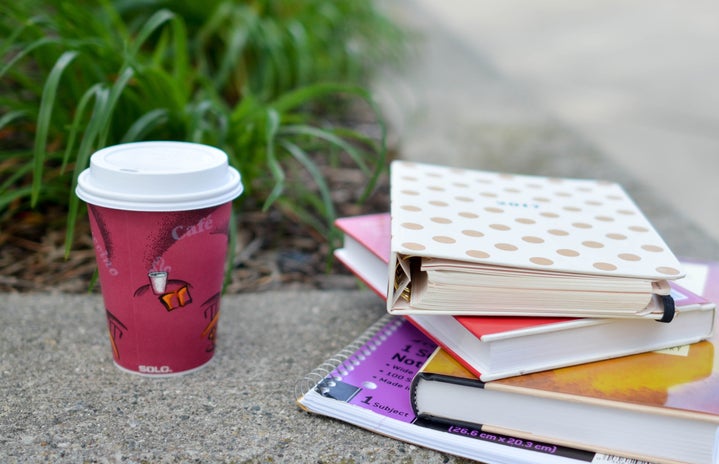Have you ever been captivated by the images drawn on caves that date back to the Stone Age? The symbols cavemen used for communication were more art than writing and appear more captivating than the 26 alphabets we use today. However, there is a modern form of writing that merges images and words, a form of writing where each character is a ‘picture’ with a long history: Chinese characters.
The first Chinese characters were written in quite an abstract form – JiaGuWen(甲骨文). The first Chinese characters resembled their meanings greatly. For instance, the character for “dragon” actually looks like a dragon.
As time went by and the Chinese language developed to become more sophisticated and less abstract, it eventually evolved into the KaiShu(楷书)we use today. Although JiaGuWen and KaiShu look completely different when placed next to each other, you can see the gradual transition when considering the many stages of the characters’ evolution, including JinWen(金文), XiaoZhuan(小篆), and LiShu(隶书).
Even though the Chinese characters today no longer look like pictures, their compositions are still creative, fascinating designs because each character is created with a unique combination of strokes:
Aside from the creative formation of Chinese characters, what I especially love about Chinese calligraphy are the special materials used in traditional Chinese writing – writing brushes and ink.
The brush shown above creates bold characters, and using the brush gives the writer a sense of flow – as though they are painting a piece of artwork. The movement that comes with writing traditional Chinese calligraphy is unique, yet its uniqueness is being undermined by modern technology.
Not only are people nowadays typing more and writing less, but fewer and fewer people are also learning how to write traditional Chinese calligraphy. Thus, people with a great level of technique required to write out these beautiful Chinese characters are becoming rare.
This is a culture we should appreciate and a tradition we need to revive.
Just recently, Boston University’s student groups organized a Chinese calligraphy-writing session in celebration of the Chinese New Year, and I feel embarrassed to admit that despite being Chinese, it was my first time attempting traditional Chinese calligraphy. It was exciting to experience Chinese culture in a foreign country and to see that this precious tradition has not been forgotten.
There are still many other traditions in Chinese culture — a whole new world to explore! The Boston University Chinese Student Association (BUCSA), focuses on bringing Chinese culture to the community. For more inspirational and artistic activities, join BUCSA!
Want to keep up with HCBU? Make sure to like us on Facebook, follow us on Instagram, check out our Pinterest board, and read our latest Tweets!



